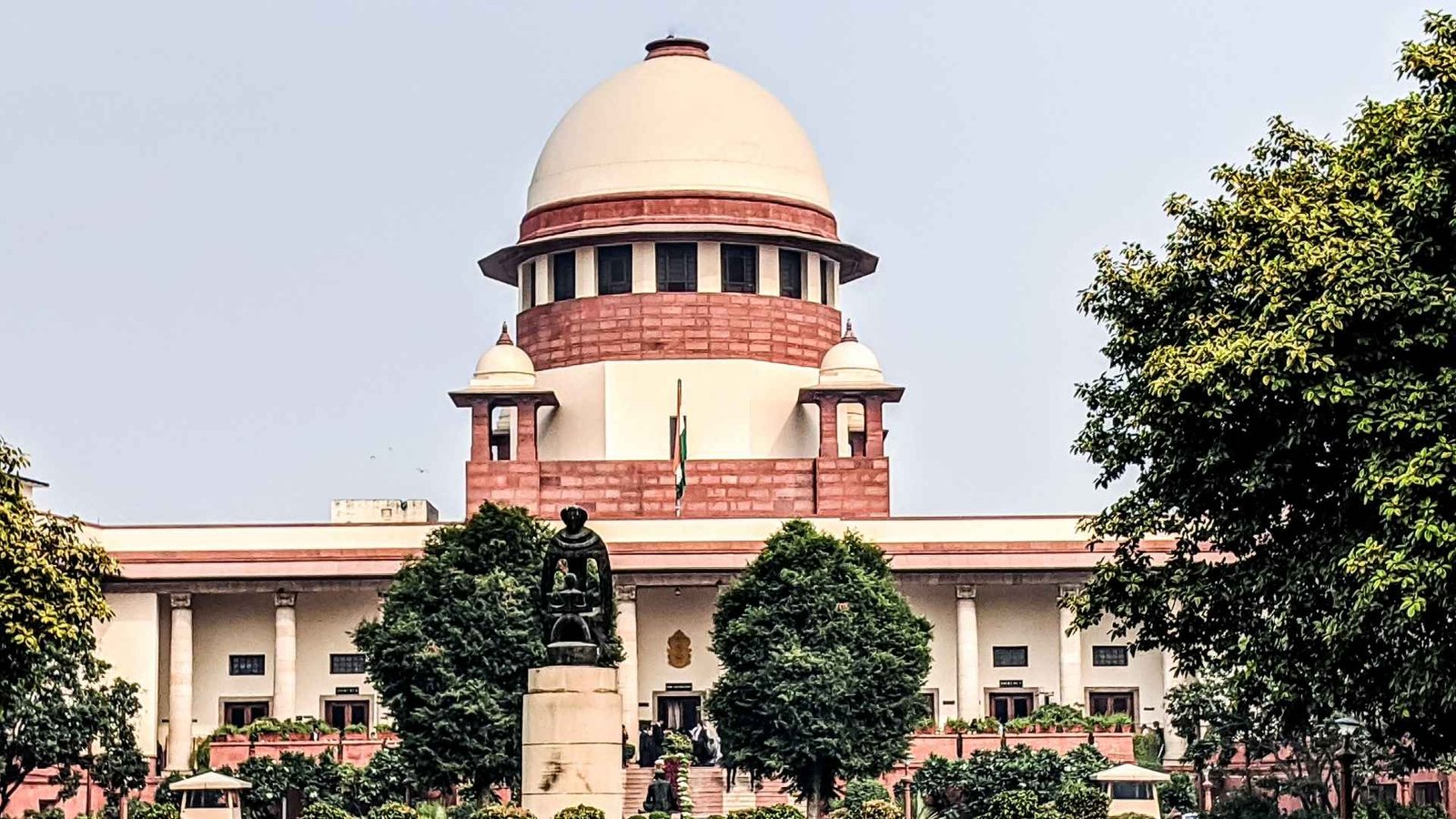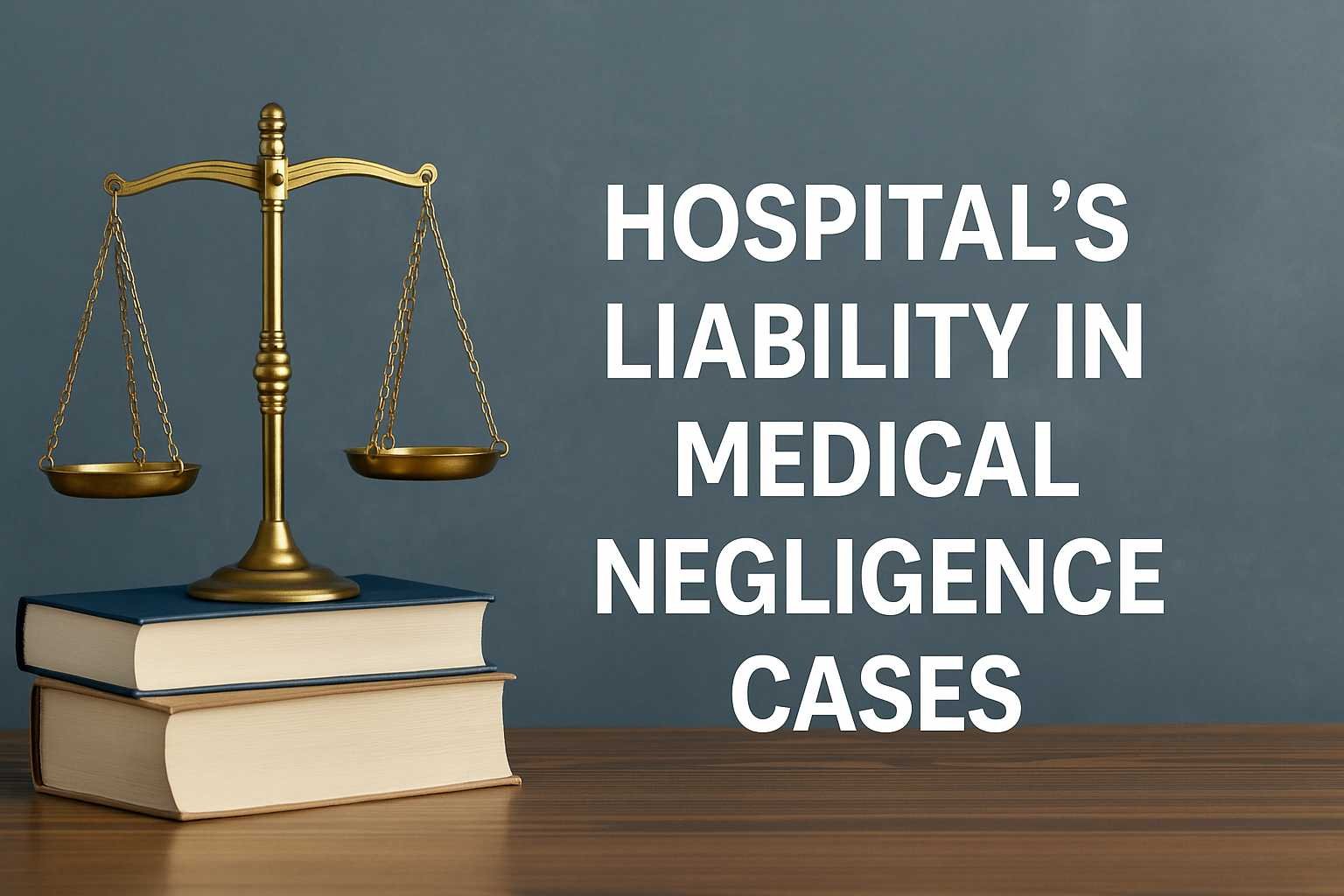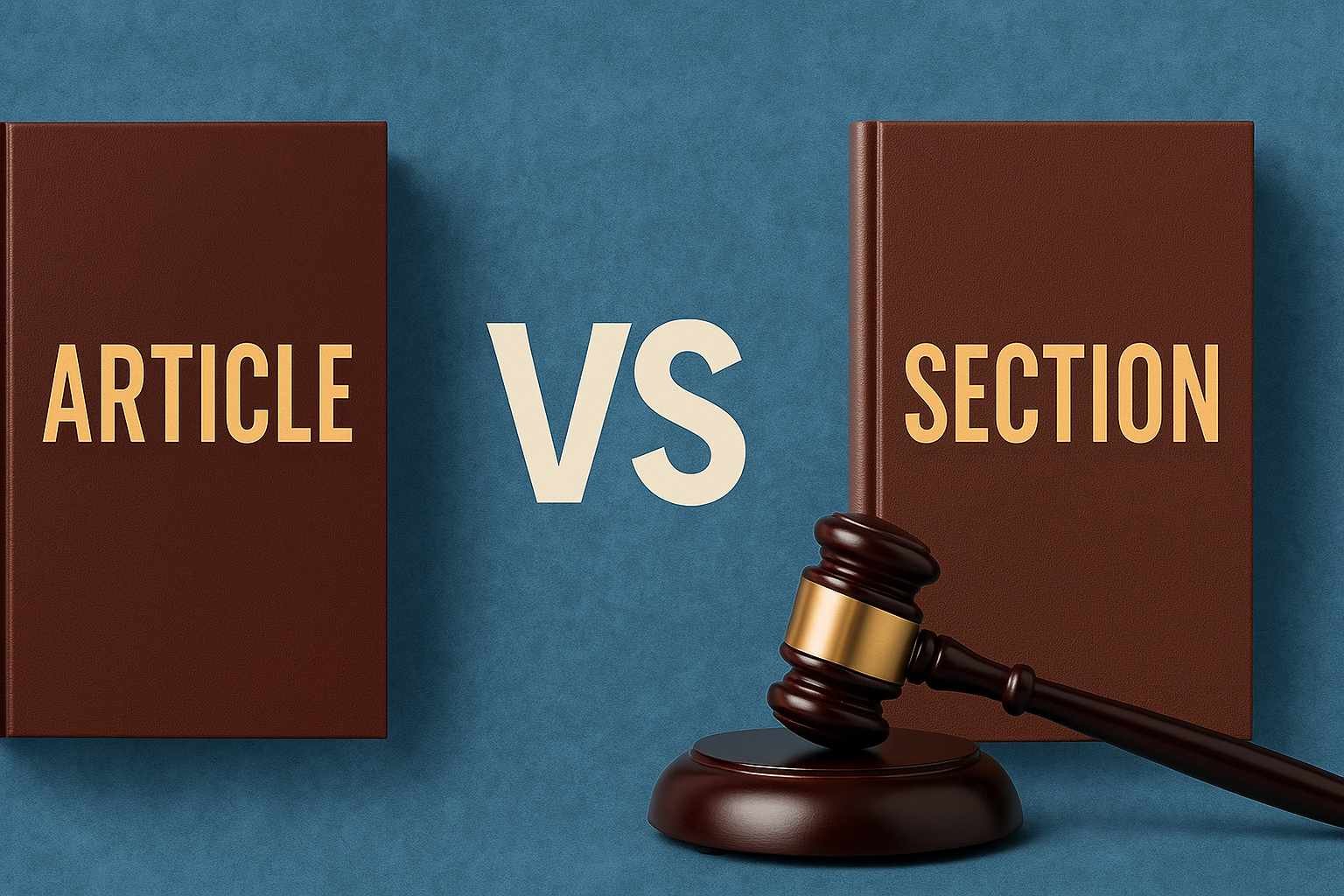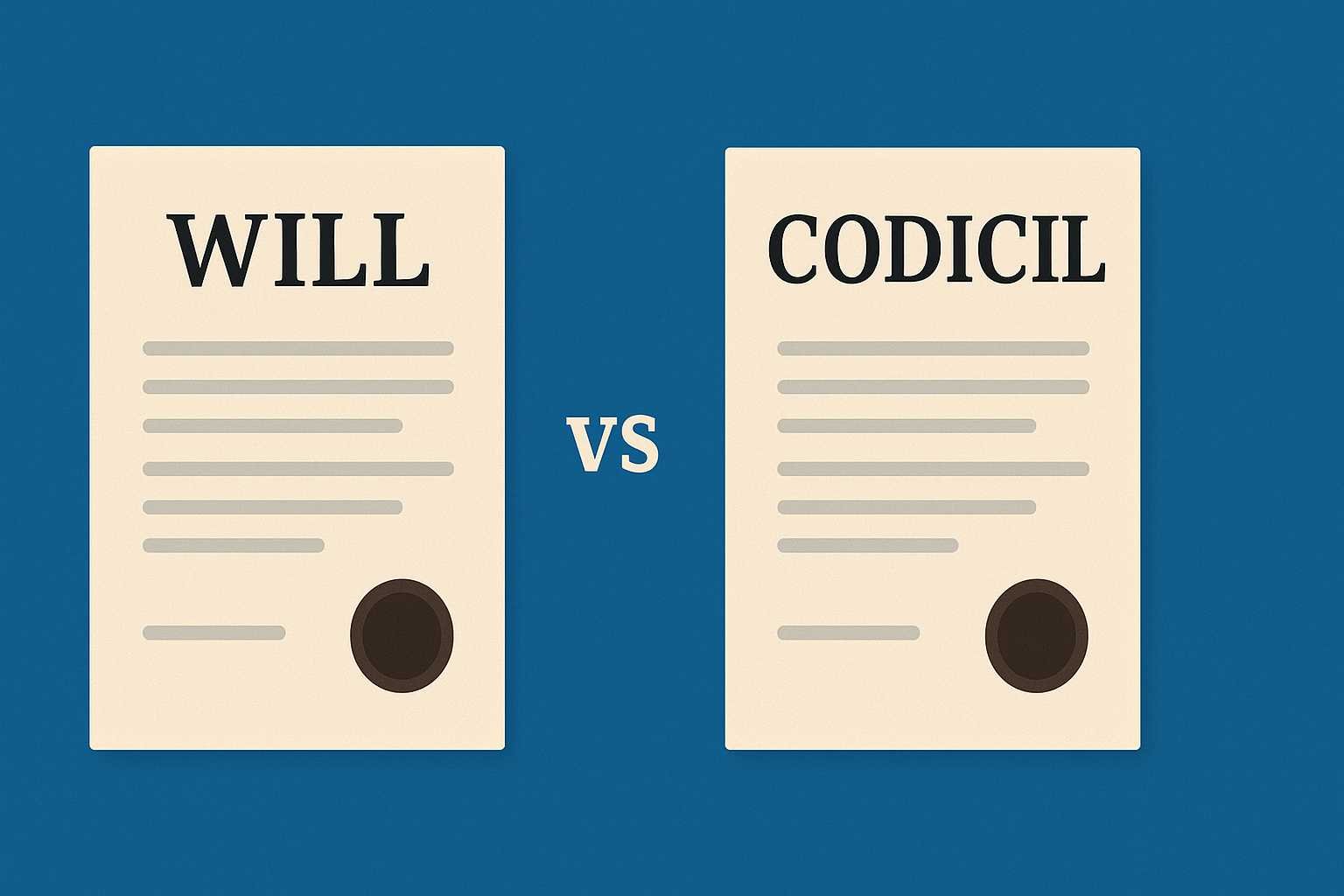On this page you will read detailed information about Section 325 IPC.
As you navigate the complex landscape of Indian criminal law, you may encounter Section 325 of the Indian Penal Code (IPC). This crucial provision addresses the offense of voluntarily causing grievous hurt. Understanding its nuances is essential for legal professionals, law enforcement, and citizens alike. In this comprehensive analysis, you will delve into the key elements that constitute this offense, explore notable case precedents, and examine the legal implications for both perpetrators and victims. By the end of this article, you will gain valuable insights into how Section 325 IPC is interpreted and applied within the Indian justice system.
What is Section 325 IPC?
Section 325 of the Indian Penal Code (IPC) deals with the offense of voluntarily causing grievous hurt. This provision is a critical component of India’s criminal justice system, aimed at addressing severe instances of intentional harm.
Definition and Elements
Section 325 IPC encompasses two primary elements: intent and action. The accused must have the intention to cause harm, and their actions should result in grievous hurt. Grievous hurt, as defined in Section 320 IPC, includes injuries such as:
- Emasculation
- Permanent loss of sight or hearing
- Loss of a limb or joint
- Permanent disfigurement
- Bone fractures
- Injuries endangering life or causing severe pain for 20 days or more
Punishment and Legal Consequences
The punishment under sec 325 IPC is severe, reflecting the gravity of the offense. It includes:
- Imprisonment for up to 7 years
- Liability to pay a fine
This offense is classified as cognizable, bailable, and triable by any Magistrate under the Code of Criminal Procedure (CrPC).
Distinguishing Features
It’s crucial to differentiate 325 IPC from other related sections. Unlike Section 323 IPC, which deals with simple hurt, Section 325 addresses more severe and long-lasting injuries. The key distinction lies in the nature and extent of the harm caused.
Legal Implications and Challenges
Implementing 325 IPC punishment can be complex due to difficulties in proving intent and causation. Courts must carefully consider the context and circumstances of each case to ensure just application of the law. This section serves not only as a punitive measure but also as a deterrent, emphasizing society’s intolerance for intentional grievous harm.
Key Elements of Section 325 IPC
Definition of Grievous Hurt
Section 325 of the Indian Penal Code (IPC) deals with the offense of voluntarily causing grievous hurt. To understand this section, it’s crucial to first grasp the concept of “grievous hurt” as defined in Section 320 of the IPC. Grievous hurt includes severe injuries such as emasculation, permanent loss of sight or hearing, loss of limbs or joints, and fractures. It also encompasses any harm that endangers life or causes severe bodily pain for 20 days or more.
Voluntary Nature of the Act
For an act to fall under sec 325 IPC, it must be voluntary. This means the accused either intended to cause grievous hurt or knew that their actions were likely to result in such severe injury. The key ingredient is the accused’s awareness of the potential consequences of their actions.
Punishment Under 325 IPC
The 325 ipc punishment is significant, reflecting the severity of the offense. According to Section 325, anyone found guilty of voluntarily causing grievous hurt can face imprisonment for up to seven years and may also be liable to pay a fine. This places the offense in an intermediate category between simple hurt and homicide.
Distinction from Simple Hurt
It’s important to differentiate between simple hurt (Section 323 IPC) and grievous hurt (Section 325 IPC). The key distinction lies in the severity of the injury. While simple hurt involves causing bodily pain, disease, or infirmity, grievous hurt specifically refers to the more severe injuries outlined in Section 320 IPC. This distinction is crucial in determining the appropriate charges and potential penalties in cases of physical harm.
Punishment for Causing Grievous Hurt Under Section 325
Understanding the Legal Consequences
Section 325 of the Indian Penal Code (IPC) outlines the punishment for voluntarily causing grievous hurt. According to the law, if you are found guilty under sec 325 IPC, you could face imprisonment for up to seven years and be liable to pay a fine. This punishment applies to cases where the accused has intentionally caused severe injuries to the victim, except in situations covered by Section 335 of the IPC.
It’s crucial to understand that the severity of the punishment under section 325 IPC reflects the gravity of the offense. The law recognizes that causing grievous hurt is a serious crime that can have long-lasting impacts on the victim’s life and well-being.
Types of Injuries Considered as Grievous Hurt
To fully grasp the implications of 325 IPC punishment, it’s essential to understand what constitutes grievous hurt. The Indian Penal Code defines eight specific types of injuries that fall under this category, including:
- Emasculation
- Permanent loss of eyesight or hearing
- Loss or impairment of limbs or joints
- Disfigurement of the head or face
- Fractures or dislocations
- Injuries that endanger life or cause severe bodily pain for 20 days or more
These definitions help courts determine whether a case falls under 325 IPC or other sections dealing with hurt and assault.
Legal Process and Implications
If you’re accused under 325 IPC, it’s important to know that the offense is cognizable, bailable, and triable by any Magistrate. This means that the police can investigate without a warrant, and you may be released on bail. However, the severity of the punishment underscores the need for a strong legal defense.
It’s worth noting that the offense is compoundable, which means it can potentially be settled between the parties involved with the court’s permission. This provision offers a possibility for resolution outside of a full trial, depending on the specific circumstances of the case.
In the previous post, we had shared information about A Comprehensive Overview of Section 173 CrPC, so read that post also.
Recent Cases Under Section 325 IPC
Supreme Court Rulings on Section 325 IPC
The Supreme Court of India has delivered several significant judgments in recent years concerning Section 325 IPC, which deals with voluntarily causing grievous hurt. These rulings have helped clarify the interpretation and application of this law. In State of Punjab v. Krishan Niwas, the Court modified a conviction from murder (Section 302 IPC) to Section 325 IPC, as the evidence did not demonstrate the use of a deadly weapon. Similarly, in Shakeel Ahmed v. State, the Court altered a conviction from Section 326 IPC to sec 325 ipc due to lack of evidence regarding dangerous weapons.
High Court Interpretations
High Courts across India have also contributed to the jurisprudence surrounding 325 ipc. The Punjab & Haryana High Court, in Dakshin Haryana Bijli Vitran Nigam v. Desh Raj, observed that an offense under Section 325 IPC is not considered to involve moral turpitude. This interpretation has implications for how such offenses are viewed in various legal and administrative contexts.
Compounding of Offenses
An important development in recent cases has been the Supreme Court’s approach to compounding offenses under Section 325 IPC. In cases like Ganga Prasad v. State of U.P. and Dasan v. State of Kerala, the Court has allowed the compounding of offenses under this section. This approach can lead to quicker resolution of cases and potentially reduce the burden on the judicial system.
Considerations in Sentencing
When it comes to 325 ipc punishment, recent cases have highlighted various factors that courts consider. The Supreme Court, in cases like Sathiyamoorthy v. State, has emphasized the importance of imposing appropriate sentences based on the specific circumstances of each case. Factors such as the nature and extent of the grievous hurt, the weapon used, and the intention of the accused play crucial roles in determining the quantum of sentence.
Defenses Against Section 325 Charges
When facing charges under Section 325 IPC, it’s crucial to understand potential defenses that can be employed to protect your rights and seek a favorable outcome. Here are some key strategies to consider:
Lack of Intent
One of the primary defenses against sec 325 ipc charges is proving that the injury was not caused intentionally or voluntarily. If you can demonstrate that the harm resulted from an accident or occurred in self-defense, it may significantly weaken the prosecution’s case.
Challenging the Severity of Injury
Another effective defense involves contesting whether the injury meets the legal definition of “grievous hurt” under the IPC. Your attorney can argue that the harm inflicted does not fall within the scope of Section 325, potentially reducing the charges to a less severe offense.
Seeking Bail and Compromise
Since Section 325 IPC is a bailable offense, obtaining bail is a viable option to avoid immediate imprisonment. Additionally, as it’s a compoundable offense, negotiating a compromise with the injured party, with the court’s consent, may lead to case resolution.
Building a Strong Defense Strategy
To effectively counter 325 ipc punishment, it’s crucial to:
- Gather and preserve evidence supporting your version of events
- Identify and interview potential witnesses
- Scrutinize the prosecution’s evidence for inconsistencies
- Explore possible plea bargains or alternative dispute resolution methods
Remember, the prosecution must prove guilt beyond a reasonable doubt. As emphasized in legal precedents, if there’s insufficient evidence to conclusively link you to the crime, you may be entitled to acquittal under the principle of “benefit of doubt.”
Engaging a competent criminal lawyer is essential when facing Section 325 charges. They can guide you through the legal process, protect your rights, and advocate for the best possible outcome in your case.
How to File a Complaint Under Section 325 IPC
Initiate the Legal Process
To file a complaint under Section 325 IPC, which deals with voluntarily causing grievous hurt, you must first lodge a First Information Report (FIR) at the local police station. This crucial step initiates the legal process for cases involving sec 325 IPC. When filing the FIR, provide a detailed account of the incident, including the date, time, location, and any evidence you may have.
Police Investigation and Charge Sheet
Once the FIR is filed, the police will begin their investigation into the alleged offense under 325 IPC. They will gather evidence, interview witnesses, and may request a medical examination to document the grievous hurt. After completing their investigation, the police will file a charge sheet before the Magistrate, outlining the details of the case and the charges against the accused.
Court Proceedings
The accused will be produced before the Magistrate, who will inform them of the charges related to Section 325 of the Indian Penal Code. If the accused pleads not guilty, a trial will commence. During the trial, both the prosecution and defense will present their cases, including evidence and witness testimonies. It’s important to note that the 325 IPC punishment can extend to seven years of imprisonment and a fine if the accused is found guilty.
Seeking Legal Counsel
Given the complexity of cases involving grievous hurt, it’s advisable to seek the assistance of a qualified legal professional. An experienced lawyer can guide you through the intricacies of filing a complaint under Section 325 IPC, ensure proper documentation, and represent your interests throughout the legal proceedings. This can significantly improve your chances of a favorable outcome in cases related to the 325 IPC punishment.
Police Investigation of Section 325 Offenses
Initial Steps in the Investigation
When a case involving section 325 IPC is reported, the police initiate a thorough investigation process. The first step typically involves filing a First Information Report (FIR) based on the victim’s complaint or other credible information. This FIR sets the legal process in motion, allowing law enforcement to begin their inquiry into the alleged grievous hurt offense.
Gathering Evidence and Witness Statements
Police officers meticulously collect evidence related to the 325 IPC case. This may include physical evidence from the crime scene, medical reports detailing the extent of injuries, and photographic documentation. Investigators also interview witnesses and record their statements, which play a crucial role in building a strong case against the accused.
Medical Examination and Expert Opinions
In cases falling under sec 325 IPC, a medical examination of the victim is paramount. The police ensure that a qualified medical professional conducts a thorough examination to determine the nature and severity of the injuries. This medical report is vital in establishing whether the harm caused meets the criteria of grievous hurt as defined by law.
Filing the Charge Sheet
Upon completion of the investigation, if sufficient evidence is found, the police file a charge sheet detailing the offenses under 325 IPC punishment. This document outlines the facts of the case, evidence collected, and the specific charges against the accused. The charge sheet is then submitted to the appropriate court, marking the transition from the investigation phase to the trial process.
Importance of Proper Investigation
A thorough and impartial investigation is crucial in cases involving 325 IPC. It not only ensures justice for the victim but also upholds the integrity of the legal system. Proper police work in these cases helps in deterring future offenses and maintaining public safety, underlining the significance of Section 325 in the Indian Penal Code.
Bail and Anticipatory Bail for Section 325 Cases
Understanding Bail in Section 325 IPC Cases
When it comes to offenses under section 325 IPC, which deals with voluntarily causing grievous hurt, it’s essential to understand that this is generally considered a bailable offense. This means that if you’re accused under sec 325 IPC, you have the right to apply for bail. The courts have consistently affirmed this bailable nature in various cases, emphasizing the principle that bail is the rule and jail is the exception.
Applying for Regular Bail
If you’re arrested under 325 IPC, you can apply for regular bail. The process typically involves presenting your case before a magistrate, who will consider factors such as the nature of the injuries caused, the time elapsed since the incident, and whether you’ve been previously granted bail in related cases. According to several court rulings, the bailable nature of Section 325 has often led to the granting of bail, even in cases where more serious charges were initially alleged.
Seeking Anticipatory Bail
In some situations, you might want to consider applying for anticipatory bail if you fear arrest under 325 IPC punishment. This is particularly relevant when charges are added later during an investigation. Anticipatory bail can be granted by the court, allowing you to remain free even if arrested, subject to certain conditions. It’s crucial to present a strong case demonstrating why you believe the accusations are false or exaggerated.
Legal Representation and Strategy
Whether applying for regular or anticipatory bail, it’s highly recommended to engage a skilled criminal lawyer. They can help navigate the complexities of the legal system, prepare a robust bail application, and argue your case effectively before the court. Remember, while Section 325 IPC is bailable, each case is unique, and the court’s decision will depend on the specific circumstances and evidence presented.
FAQs on Section 325 IPC
Section 325 IPC deals with voluntarily causing grievous hurt, which refers to severe injuries that significantly impact the victim’s body and life. According to Section 320 of the IPC, grievous hurt includes injuries such as emasculation, permanent loss of sight or hearing, loss of a limb or joint, permanent disfiguration, and fractures or dislocations that endanger life or cause severe bodily pain for 20 days or more.
The punishment for causing grievous hurt under sec 325 IPC is imprisonment for up to 7 years and a fine. This reflects the seriousness of such injuries and serves as both a punitive measure and a deterrent. It’s important to note that Section 325 IPC is a cognizable offense, meaning the police can arrest the accused without a warrant.
While Section 325 IPC deals specifically with voluntarily causing grievous hurt, it’s important to distinguish it from related sections. For instance, Section 335 IPC provides an exception where the accused may not be penalized if the grievous hurt was caused on grave and sudden provocation. Additionally, 325 ipc punishment differs from that of simple hurt (Section 323 IPC), which carries a lesser sentence due to the less severe nature of the injury.
If you’re involved in a case under 325 ipc, either as a victim or accused, it’s crucial to seek legal counsel. An experienced criminal lawyer can guide you through the legal process, help prepare a strong defense or case, and work towards the best possible outcome. Remember, even if you believe you’re innocent, consulting a lawyer is essential due to the potential severe consequences of criminal charges.
Conclusion
As you have seen, Section 325 of the Indian Penal Code carries significant legal weight in cases of voluntarily causing grievous hurt. Understanding the nuances of this provision is crucial for legal professionals, law enforcement, and the general public alike. By carefully examining the elements of the offense, potential defenses, and landmark cases, you can better navigate the complexities of this law. Remember that the severity of punishment under Section 325 reflects society’s stance against violent acts causing serious bodily harm. As the legal landscape evolves, staying informed about interpretations and applications of this section will be essential for anyone involved in or affected by such cases.
Disclaimer
The information and services on this website are not intended to and shall not be used as legal advice. You should consult a Legal Professional for any legal or solicited advice. While we have good faith and our own independent research to every information listed on the website and do our best to ensure that the data provided is accurate. However, we do not guarantee the information provided is accurate and make no representation or warranty of any kind, express or implied, regarding the accuracy, adequacy, validity, reliability, availability, or completeness of any information on the Site. UNDER NO CIRCUMSTANCES SHALL WE HAVE ANY LIABILITY TO YOU FOR ANY LOSS OR DAMAGE OF ANY KIND INCURRED AS A RESULT OR RELIANCE ON ANY INFORMATION PROVIDED ON THE SITE. YOUR USE OF THE SITE AND YOUR RELIANCE ON ANY INFORMATION ON THE SITE IS SOLELY AT YOUR OWN RISK. Comments on this website are the sole responsibility of their writers so the accuracy, completeness, veracity, honesty, factuality and politeness of comments are not guaranteed.
So friends, today we talked about Section 325 IPC, hope you liked our post.
If you liked the information about Section 325 IPC, then definitely share this article with your friends.
Knowing about laws can make you feel super smart ! If you find value in the content you may consider joining our not for profit Legal Community ! You can ask unlimited questions on WhatsApp and get answers. You can DM or send your name & number to 8208309918 on WhatsApp








